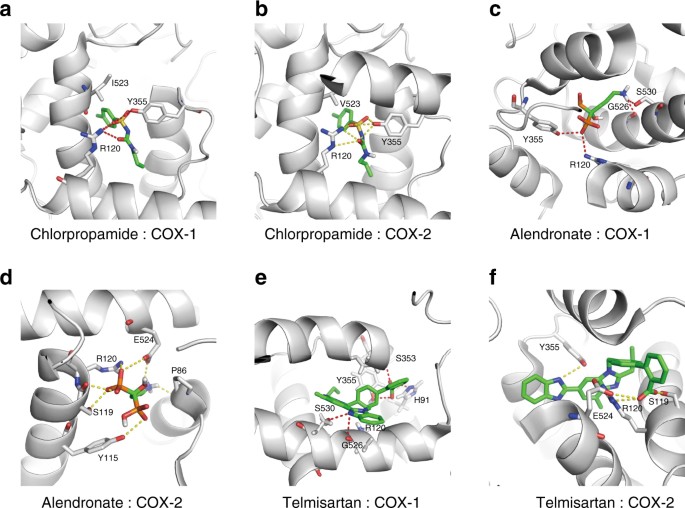Kmspico V10.0.102040 Beta--p2p. •Drug-Drug Interaction of TP. CentersOffices/OfficeofMedicalProductsandTobacco/CDER/UCM477020.pdf 12. Drug-Drug Interactions (DDI) of Protein. All this information enables the creation of large protein interaction networks. Have been incorporated into drug-design strategies.

Proteins are typically key target molecules studied during the drug development process. The high-throughput screening of small molecule and ligand libraries that bind to protein targets is often an important and time-consuming part of the process—requiring the screening of thousands of samples with a variety of assays over a period of months.
However, since protein targets can be challenging to work with due to their susceptibility to degradation and aggregation, protein stability screening is often an important component of lead-generation programs. Protein stability screening can be performed using the protein melting method often employed in research programs that study native proteins. Protein melting is useful for identifying ligand and buffer conditions that maximize the stability of proteins during purification, crystallization, and functional characterization. Historically, protein melt screening methods have been inefficient or expensive, either capable of analyzing only one sample at a time, or confined to high-throughput methods that required milligram quantities of protein sample and incurred high reagent costs. Our and offer an economical and efficient protein method for melt analysis, with the capability of high-throughput analysis using very small sample quantities to identify ligands, mutations, modifications, and buffer conditions that increase their T m and relative stability. They can also be used to screen antibody–ligand binding as part of the antibody optimization process.
Protein stability changes with buffer pH, salt content, and the presence of various co-factors in storage or reaction buffers. Real-time melt experiments that use protein-binding dyes, such as PTS, and our real-time PCR systems, yield a fluorescence profile that is specific to the protein of interest in a given test buffer environment. Variations in pH, salt content, or test buffer components appear as changes in this fluorescence profile (melt curve). This is converted to a T m which is calculated based on the inflection point of the melt curve.
• Mix protein, buffer, ligand (if applicable), and PTS dye • Run a melt-curve experiment on a real-time PCR instrument • The protein unfolds as it is heated • The environmentally-sensitive PTS dye binds exposed hydrophobic regions and fluoresces • The melting temperature (T m) is calculated from the melt curve • Changes in T m are correlated to changes in protein stability or ligand binding. Proteins are typically key target molecules studied during the drug development process. The high-throughput screening of small molecule and ligand libraries that bind to protein targets is often an important and time-consuming part of the process—requiring the screening of thousands of samples with a variety of assays over a period of months. However, since protein targets can be challenging to work with due to their susceptibility to degradation and aggregation, protein stability screening is often an important component of lead-generation programs. Protein stability screening can be performed using the protein melting method often employed in research programs that study native proteins. Protein melting is useful for identifying ligand and buffer conditions that maximize the stability of proteins during purification, crystallization, and functional characterization.
Historically, protein melt screening methods have been inefficient or expensive, either capable of analyzing only one sample at a time, or confined to high-throughput methods that required milligram quantities of protein sample and incurred high reagent costs. Our and offer an economical and efficient protein method for melt analysis, with the capability of high-throughput analysis using very small sample quantities to identify ligands, mutations, modifications, and buffer conditions that increase their T m and relative stability. Chimera Bootloader Iso on this page. Quake 3 Arena Point Release 1.32 Patch. They can also be used to screen antibody–ligand binding as part of the antibody optimization process. Protein stability changes with buffer pH, salt content, and the presence of various co-factors in storage or reaction buffers. Real-time melt experiments that use protein-binding dyes, such as PTS, and our real-time PCR systems, yield a fluorescence profile that is specific to the protein of interest in a given test buffer environment.
Variations in pH, salt content, or test buffer components appear as changes in this fluorescence profile (melt curve). This is converted to a T m which is calculated based on the inflection point of the melt curve. • Mix protein, buffer, ligand (if applicable), and PTS dye • Run a melt-curve experiment on a real-time PCR instrument • The protein unfolds as it is heated • The environmentally-sensitive PTS dye binds exposed hydrophobic regions and fluoresces • The melting temperature (T m) is calculated from the melt curve • Changes in T m are correlated to changes in protein stability or ligand binding. Protein Thermal Shift™ Software was developed for analysis of protein melt fluorescent readings directly from Applied Biosystems® real-time PCR instrument files. Different proteins will have different PTS™ profiles, each with a unique melt curve shape, slope, signal-to-noise ratio, and temperature melt range. The Protein Thermal Shift™ Software generates one or multiple T m values from these curves by the following two methods: Boltzmann-derived T m and the Derivative curve determined T m. The software makes it easy to quickly compare the shift in T m (delta T m or ΔT m) between different assay conditions or ligands to a reference sample, providing a tool to screen and identify conditions that stabilize (or destabilize) a protein or ligands that bind to the protein of interest.